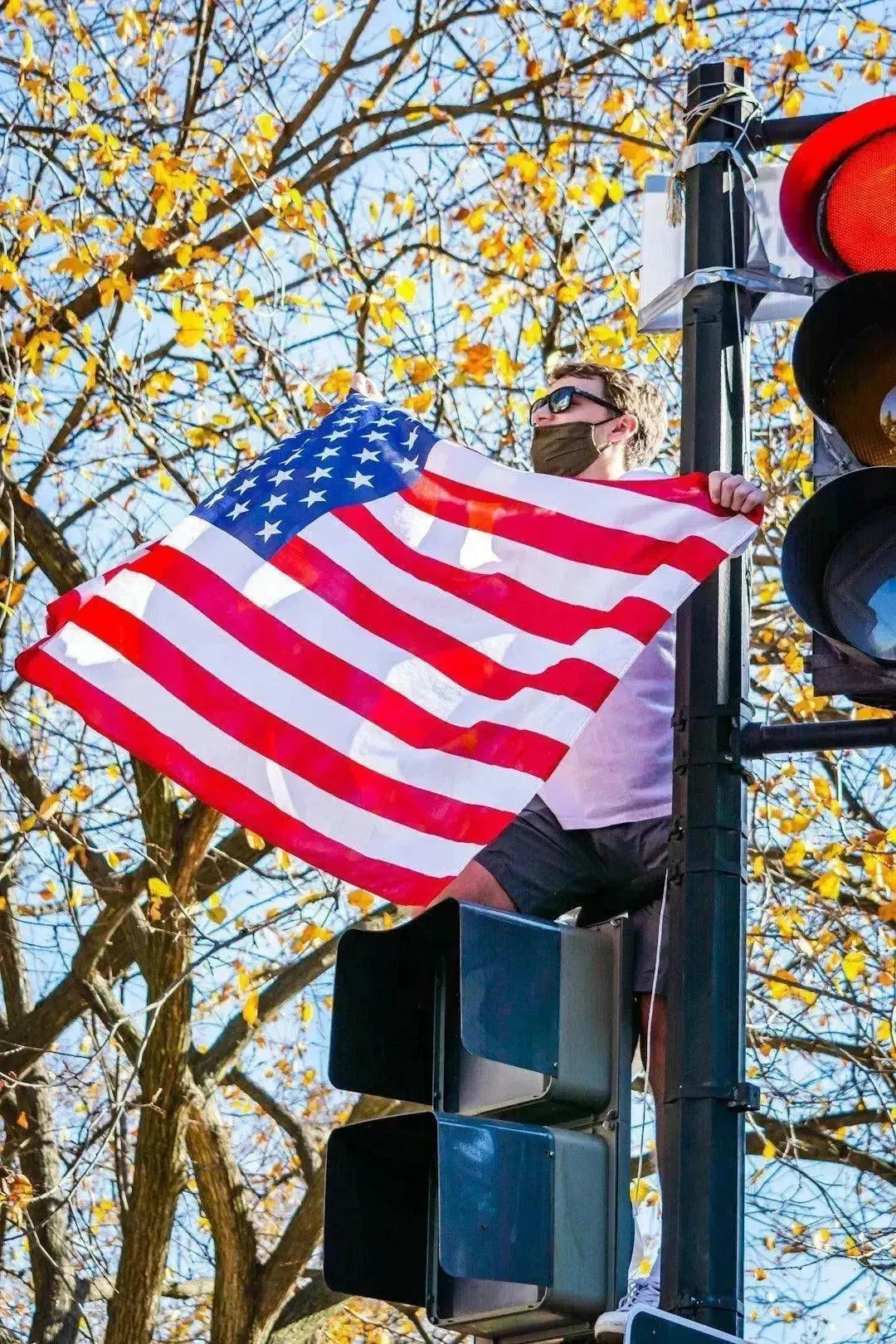The Psychology of Mask-Wearing: Comfort and Anxiety in a New Era

The COVID-19 pandemic has transformed our daily lives, and one of the most visible changes has been the widespread adoption of masks. While mask-wearing primarily serves to protect ourselves and others from virus transmission, it also has a deeper psychological impact that can influence our comfort and anxiety levels. This article delves into the psychology of mask-wearing, particularly focusing on the 3PLY face mask, and how it affects our minds and emotions as we navigate this new normal.
Understanding the Psychological Impact of Mask-Wearing
From a psychological perspective, wearing a mask can trigger a complex blend of feelings. On one side, it can offer a sense of safety and protection. On the other side, it may create discomfort and anxiety. Understanding these dualities is essential for managing our emotional responses and fostering a healthier relationship with this new necessity.
Safety and Security
The primary reason for wearing a 3PLY face mask is to protect ourselves and those around us from the spread of respiratory droplets. This protective measure can instill a sense of security, as following guidelines can help reduce the likelihood of infection. For many, wearing a mask becomes a personal empowerment tool, allowing them to take charge of their health and the health of their loved ones.
Identity and Perception
However, the act of masking can alter how we perceive ourselves and how we believe others perceive us. Masks can obscure physical features, making it difficult to convey emotions through facial expressions. This lack of visual cues can lead to feelings of insecurity and self-consciousness, as individuals may feel less ‘seen’ or understood in social situations.
The Role of Comfort in Mask-Wearing
Comfort plays a pivotal role in our willingness to wear masks consistently. The physical sensations associated with mask-wearing can significantly influence our mental perspective on the practice. In particular, the type of mask we choose—like the 3PLY face mask—can have different impacts on our comfort levels.
Physical Comfort
3PLY face masks are designed for comfort and effectiveness, typically featuring a lightweight material that allows for breathability. When individuals experience discomfort—whether from poor fit, excessive heat, or irritation—they are less likely to keep their masks on. This can heighten feelings of anxiety, especially in crowded settings where the need for protection is most critical.
Emotional Comfort
- Familiarity: As people grow accustomed to wearing masks, the initial anxiety may subside. Familiarity breeds comfort, making mask-wearing an easier part of daily life.
- Reassurance: Knowing that others are also wearing their masks can create a sense of community and collective safety, reducing feelings of isolation and anxiety.
Addressing Anxiety Related to Mask-Wearing
While many individuals may find solace in the safety that mask-wearing provides, others experience anxiety regarding their use. This can stem from various factors, including fear of judgment, suffocation, or feelings of being trapped in a new social norm. Here are a few strategies to help mitigate such anxieties:
Choosing the Right Mask
Wearing a 3PLY face mask that fits comfortably and allows for adequate airflow can reduce feelings of claustrophobia. Pay attention to the mask's material and design, as this can significantly impact your overall experience. A soft, breathable mask will be much more comforting, encouraging prolonged use without anxiety or discomfort.
Mindful Breathing
Practicing mindfulness and controlled breathing can help calm nerves while wearing a mask. Focus on deep, calming breaths, which may help alleviate feelings of tension and anxiety. This technique can empower individuals to feel more in control, even in uncertain situations.
Exploring the Social Dynamics of Mask-Wearing
Mask-wearing is not just an individual decision; it also takes on social dimensions. Perceptions of safety can greatly influence group behaviors and personal comfort levels in various environments.
Judgment and Social Pressure
Individuals might feel judged for their choice of mask or for not wearing one. This social pressure can introduce additional anxiety. It's essential to remember that everyone is adapting to this new reality in their own way, and open conversations about mask-wearing can foster understanding and reduce discomfort.
Community Engagement
- Advocacy: Communities can engage in advocacy efforts to normalize mask-wearing, reinforcing its importance for collective health.
- Sharing Experiences: Initiatives that allow individuals to share their experiences related to mask-wearing can help foster a supportive environment, alleviating feelings of isolation.
The Future of Mask-Wearing
As we adapt to new ways of living, it's crucial to consider the long-term impact of mask-wearing on our psychological well-being. The integration of mask-wearing into our daily lives may one day be seen as a cultural norm that emphasizes care for oneself and others.
Building Resilience
The experience of frequent mask-wearing can enhance psychological resilience. Learning to manage discomfort and anxieties empowers individuals to cope better with future challenges. As this new behavior becomes embedded in our societal fabric, we open up dialogues about health, security, and community spirit.
Parallel Trends
- Continued Awareness: As mask-wearing persists in certain situations, we foster increased awareness of our environment and our responsibilities to each other.
- Sustainable Practices: The rise in mask-wearing may create trends toward more sustainable health practices, such as the production of environmentally friendly masks.
Remembering the Human Connection
While masks can create barriers, they also symbolize our shared commitment to health and safety. As we navigate the complexities of mask-wearing, let’s focus on the underlying messages of care, compassion, and community that they represent. It’s crucial to remember that behind every mask is a person who shares our hopes, fears, and dreams. Through mutual understanding, we can reduce anxiety and foster a positive mindset as we embrace the changes that come with this new chapter in our lives.
The journey of adapting to mask-wearing is multifaceted, intertwining the threads of comfort and anxiety, social perception and personal identity. By focusing on the psychology behind these brave new habits, we can cultivate a more profound sense of understanding and acceptance, ensuring our collective well-being in the face of adversity.






